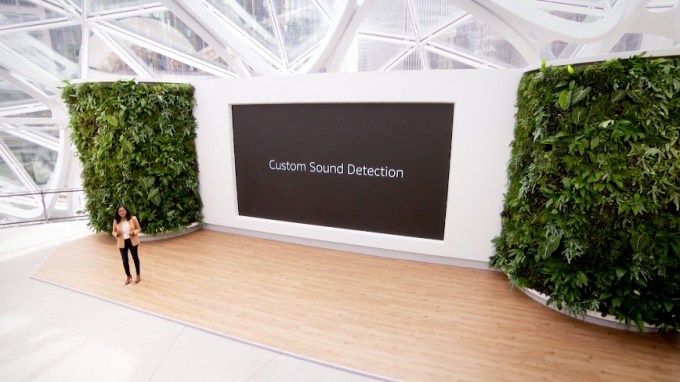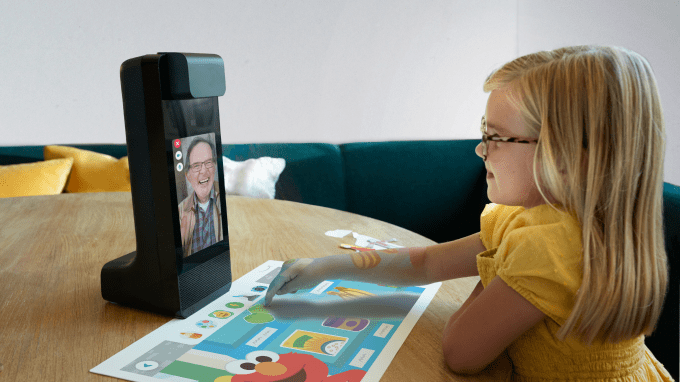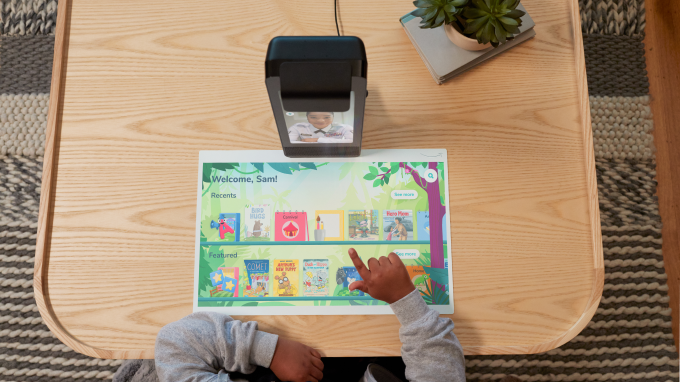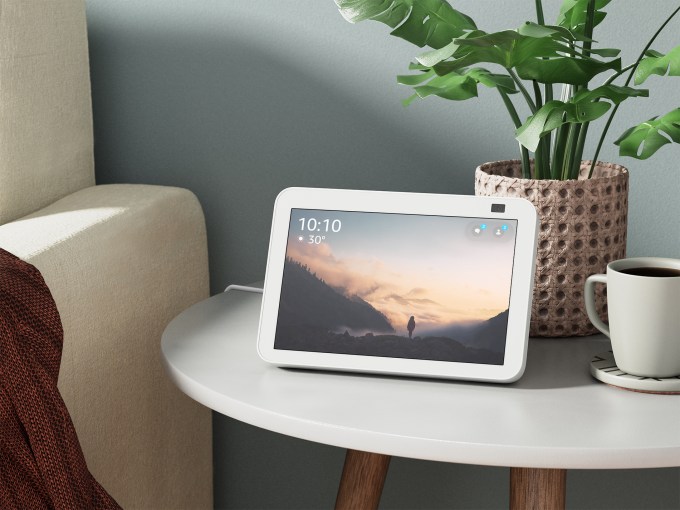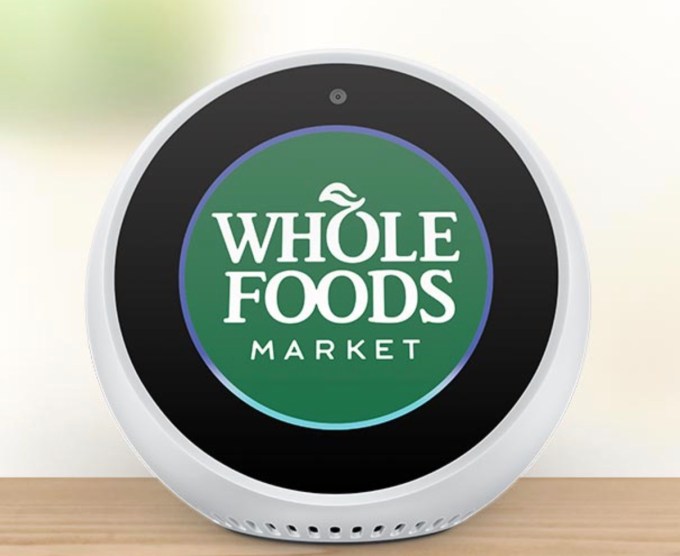
Image Credit: Lindsay Fox
It’s currently a tough time to be a product manager for vaping products in the U.S. right now. Vaping products exploded on the scene a while back and have become very popular. However, there have been a number of serious health-related issues that have started to show up and all of sudden people are starting to view vaping as perhaps being a dangerous thing to do. Some vaping product managers think that they may have a way out of this quandary. They have come up with a new product development definition and a new use for their product: vaping vitamins.
Why Vape Vitamins?
So why would a customer vape vitamins? Product managers are busy promoting the health and wellness benefits of vaping both vitamins and essential oils. These products have gone virtually unnoticed by both regulators and online platforms that have gone after e-cigarettes. There are currently 20 different companies that are promoting vapable vitamins, caffeine, melatonin and essential oils. These products are being promoted as being a healthy alternative to vaping nicotine and THC (the high-inducing chemical in cannabis plants).
The health problems that have swept across the U.S. have caused the government to urge vapers to not use THC vape pens which have played a major role in the health problems. Additionally, the rise in teen vaping has resulted in government officials taking steps to restrict the sales of flavored nicotine vaping products. As of right now, vaporizer products that contain vitamins and essential oils have largely escaped such notice. So far this has been good for product manager resumes. These products are being marked on social media to young people as health products and as a way to quit smoking. Product managers realize that promotions are a key way to introduce any new product. What they are current promising customers are boosts in energy, focus and immune function as well as mood and sleep.
Product managers are saying that their products should not be considered to be e-cigarettes because they don’t contain any nicotine. However, they may be a little bit off here. The vitamin vaping products have many of the same ingredients that are also found in nicotine vapes and the devices do work basically the same way. The vitamin vaping products contain a battery and a coil that both heats and vaporizes a flavored liquid that is then inhaled by the customer.
What The Future Holds For Vaping Vitamins
Right now inhalable vitamins and essential oils are being sold and advertised on some of the biggest online platforms. This includes Amazon.com, Walmart, and Facebook. It’s interesting to note that all of these companies have policies that prohibit them from selling and advertising e-cigarettes.
Currently very little research has been done on the impact on a customer’s health from the byproducts that are created from heating vitamin and essential oil liquids. This is in contrast to the studies that have been done on the edible or ingestible versions of caffeine, vitamin B12, and melatonin. A key point that product managers need to be aware of is that just because something has been found to be safe to ingest has nothing to do with if it is safe to inhale.
There are some concerns that because there is currently no federal regulations that cover the vitamin and essential oil vaping market, there is the possibility that not all of the companies that are making products are taking the necessary precautions that are needed in order to ensure the safety of their customers. The vitamin vaping market has been described as being a bit of a wild west right now. Product managers who want to ensure the long term success of their products need to ensure that they are free of pesticides, heavy metals, and other substances that could be harmful.
What All Of This Means For You
There is a brand new market that has just shown up. This new market is piggybacking on the other brand new market that has just arrived: vaping. The new market has to do with vaping vitamins and essential oils. This is currently an unregulated market and product managers reviewing their product manager job description and are scrambling to find ways to make their new products a success.
Product managers are promoting their new vitamin vaping products as providing a collection of health-related benefits. Right now, vitamin vaping products are not attracting any attention from federal regulators. These new products are being promoted using social media tools. Customers are being promised boosts in energy, focus and immune function as well as mood and sleep. Product managers are saying that their products should not be considered to be e-cigarettes because they don’t contain any nicotine. These products are being promoted on Amazon.com, Walmart, and Facebook. There is currently little research on the health impact of vaping vitamins. Additionally, the firms making the vitamin vaping products have to take responsibility to ensure that their products are safe.
There is no question that vaping is currently very popular. However, the popularity of vaping vitamins and essential oils is still somewhat up in the air. Product managers for these products are going to have to be very careful and not do anything to attract the attention of regulators. If they can keep their products safe and attractive, then perhaps they may have a real success on their hands.
– Dr. Jim Anderson
Blue Elephant Consulting –
Your Source For Real World Product Management Skills
Question For You: How can vitamin vaping product managers prove to their customers that their product is safe to use?
P.S.: Free subscriptions to The Accidental Product Manager Newsletter are now available. It’s your product – it’s your career. Subscribe now: Click Here!
What We’ll Be Talking About Next Time
So let’s face it, when the pandemic struck and everyone got locked into their homes, there simply was not a lot to do. What everyone ended up doing was watching a lot of Netflix and eating. Cooking at home which had been dropping off for the past few years experienced a resurgence as people sought ways to both fill their time and their bellies. As vaccines become available and the fear that kept everyone at home starts to ebb, people are now once again starting to venture outside of their homes. What is this going to mean for grocery store product managers and their product development definition?
The post Product Managers Promote The Vaping Of Vitamins appeared first on The Accidental Product Manager.

